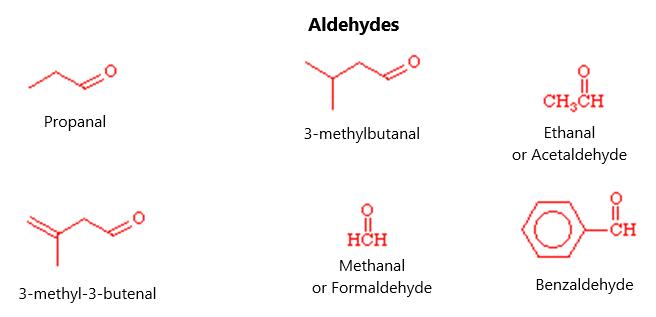Solvents can be protic or aprotic. A protic solvent is one that has an OH or NH bond. The importance of these is that they can participate in hydrogen bonding between molecules and can donate protons or H+ molecules. Aprotic solvents can have hydrogen in them but, because they do not have an OH or NH bond, they cannot participate in hydrogen bonding and cannot donate a H+ atom. Protic solvents will decrease the reactivity of nucleophiles in substitution reactions, while polar aprotic solvents do not. There are three types of solvents based on what you have just learned. There are nonpolar aprotic solvents, polar aprotic solvents, and polar protic solvents. You should know that there is no such thing as a nonpolar protic solvent.
NONPOLAR SOLVENTS A low dielectric constant is considered a constant of less than five. A solvent with this characteristic will not be good for charged species such as anions. The following is a list of nonpolar solvents; only chloroform and diethyl ether have dielectric constants approaching 5 and have a minimal dipole moment: •
Pentane—this has no dipole moment and a dielectric constant of 1.8
•
Hexane—this has no dipole moment and a dielectric constant of 1.9
•
Cyclohexane—this has no dipole moment and a dielectric constant of 2.0
•
Benzene—this has no dipole moment and a dielectric constant of 2.4
•
Toluene—this has a dipole moment of 0.36 and a dielectric constant of 2.3
•
Chloroform (CHCl3)—this has a dipole moment of 1.04 and a dielectric constant of 4.8.
•
Diethyl ether—this has a dipole moment of 1.15 and a dielectric constant of 4.3.
There is another classification of solvents, called “borderline” polar aprotic solvents. These have dielectric constants of between 5 and 20 and intermediate polarity. They do not have an NH or OH bond so they don’t participate in any reactions. These include the following:
47




























































